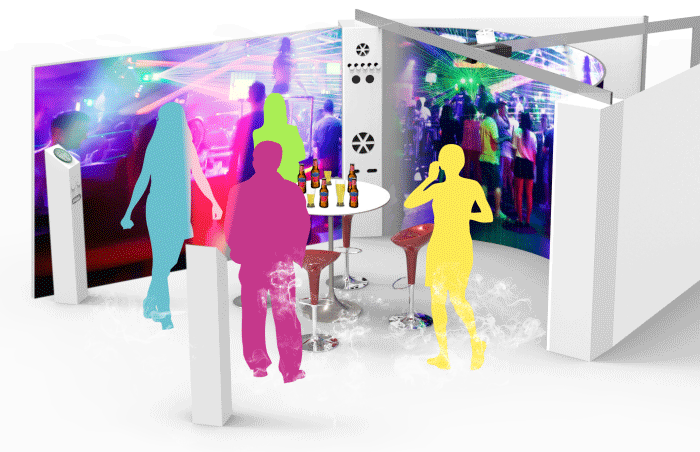The appreciation of a product is greatly influenced by the context of its use. This is especially the case for food products, with a perception that may be impacted by such things as the place and the time of consumption, other food products consumed at the same time, the state of satiety of the consumer, and the social context. All of these variables are difficult to control.
For this reason we recommend conducting product tests with consumers in conditions as close as possible to the actual consumption conditions, which is quite easy for products used in the home: all that needs to be done is to give the products to the respondents and to let them use them as they usually do. A sample of at least a hundred participants provides a diversity of uses sufficiently close to reality. Our expertise, the fruit of years of experience in testing products, has enabled us to demonstrate the reliability of such methods.
The question remains, however, concerning a reliable way of evaluating the perception of a product consumed outside the home, for example in a café, a nightclub, or on a beach. How is it possible to make sure the results in a real situation will be effectively linked to the product’s performance and not to the effect of the context (atmosphere, climate, etc.)?
The Lab in the Bag department at Repères has been studying the question for 2 years and has just launched a new version of its concept of a nomadic polysensorial immersive room, which makes it possible to conduct a polysensorial product experience for individual consumers or groups of consumers by controlling the visual, aural and olfactive, as well as haptic dimensions (heat, wind, mist, etc.).
A first study based on this system and aimed at measuring the effects of context on the appreciation of alcohol-free beers has just been carried out in partnership with AgroParisTech. Two immersive contexts, a beach and a discotheque, were compared with a test in a neutral sensory booth.
The results were very instructive, especially in terms of the evidence of a strong effect due to context for one of the 4 products tested. It is also essential to validate the marketing position within the right scenario: the winning product in the “for partying” dimension is not the same when the products are consumed in a neutral environment or in a discotheque!
A last more technical point, but one which is important, is that we have verified that immersion was effective to the point of neutralising the impact of the time of day for the test on the appreciation of the product; whereas in a neutral environment, participants in a morning session were globally less positive.
You will find the summary of the findings below:

